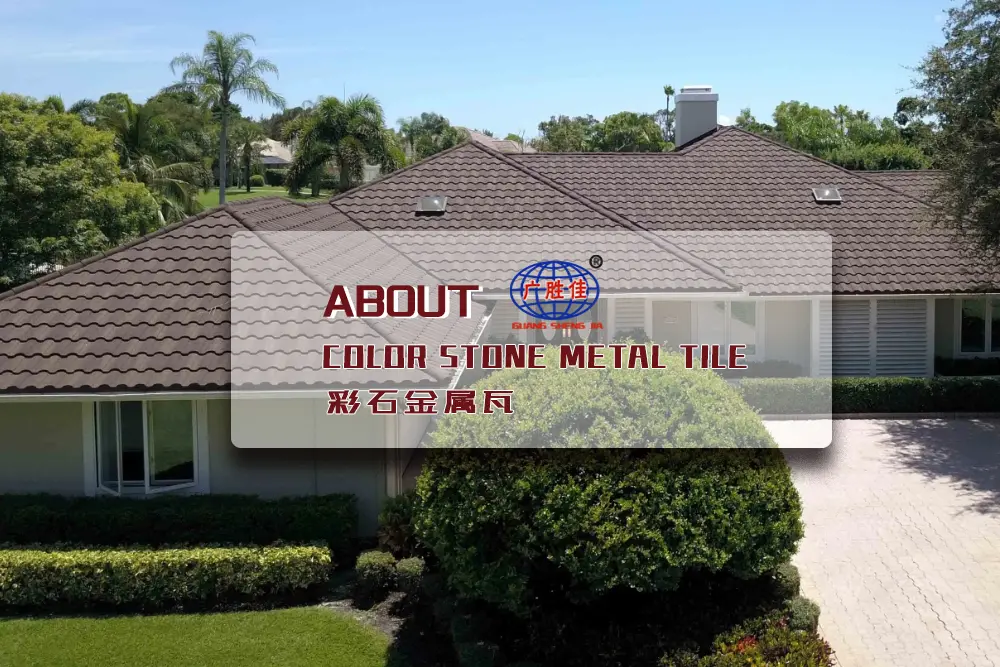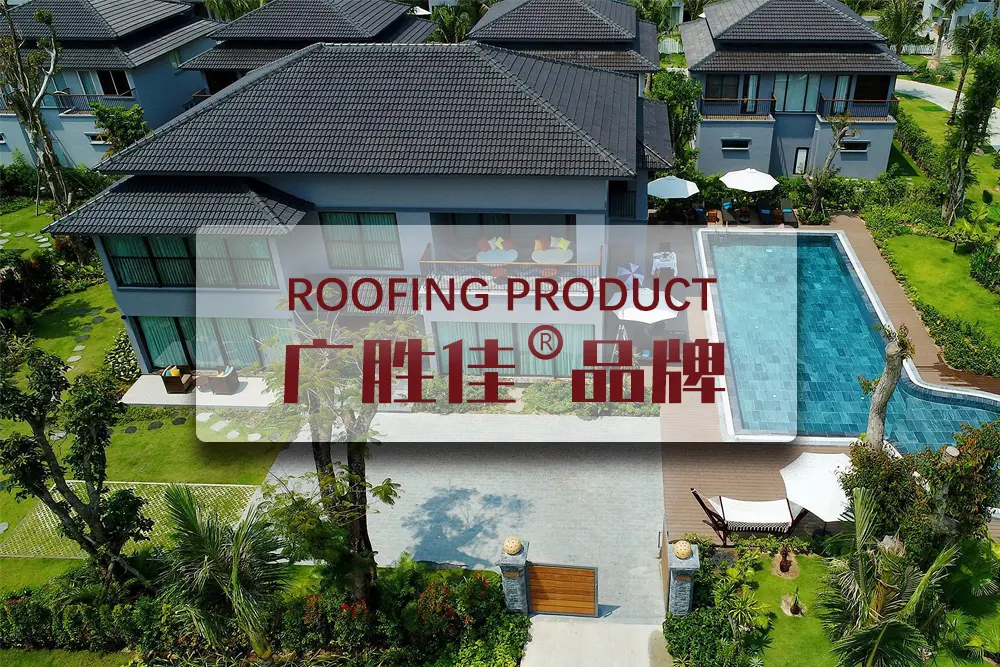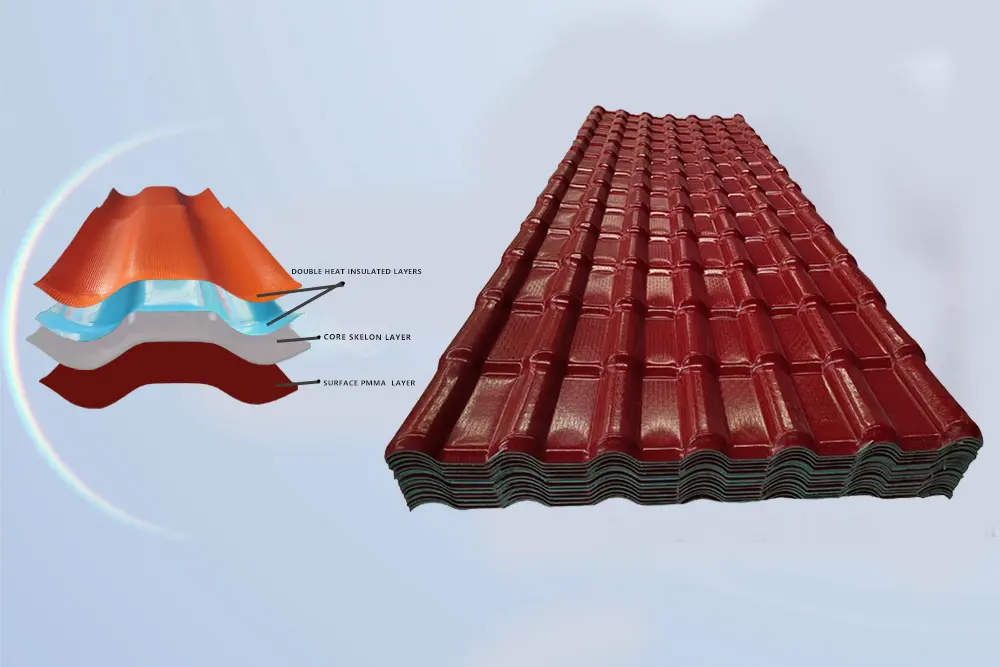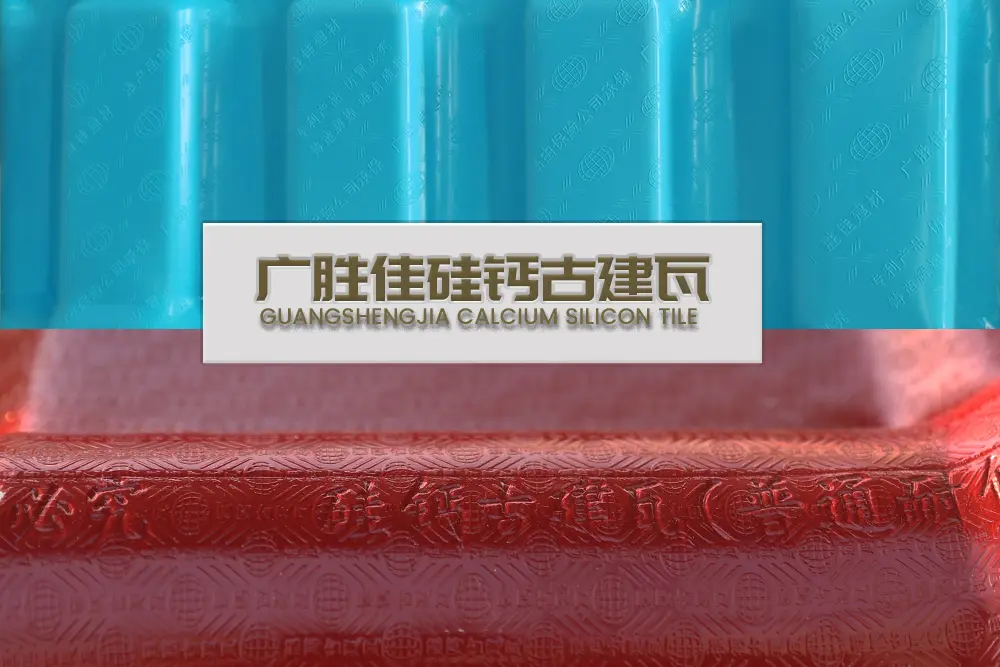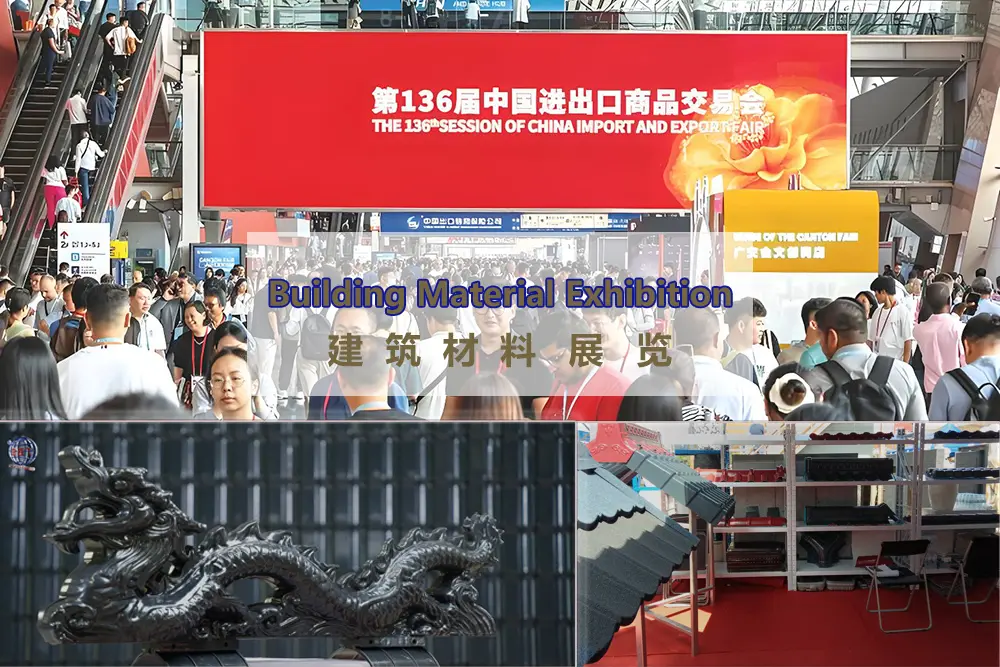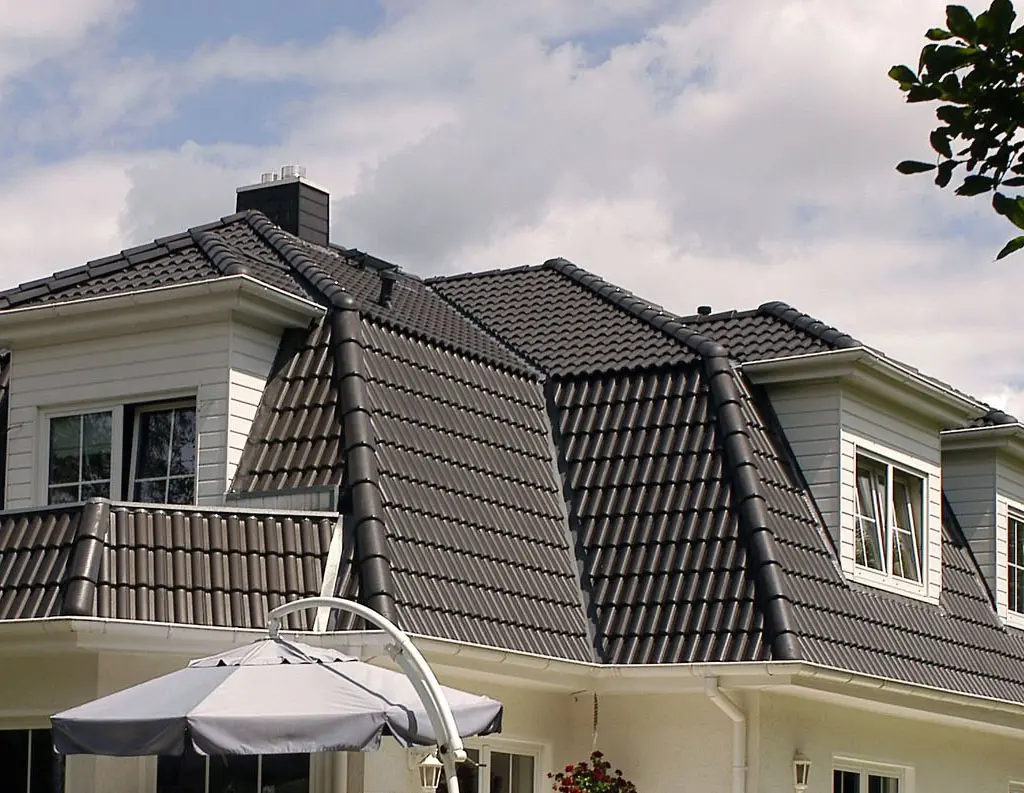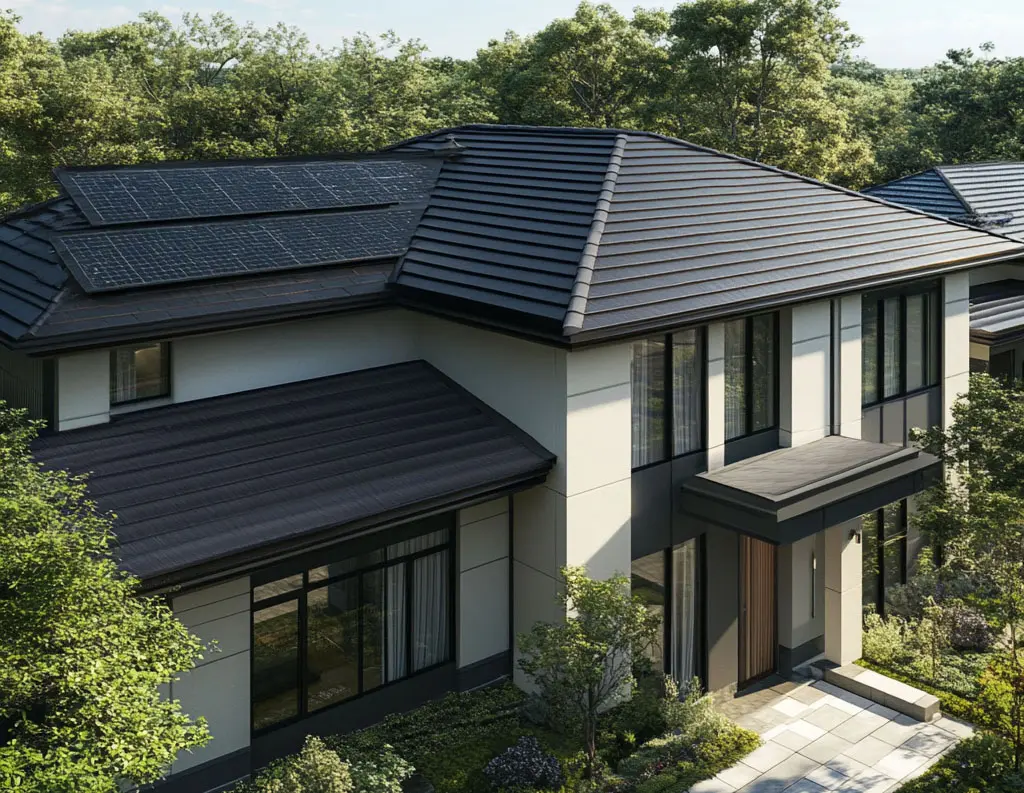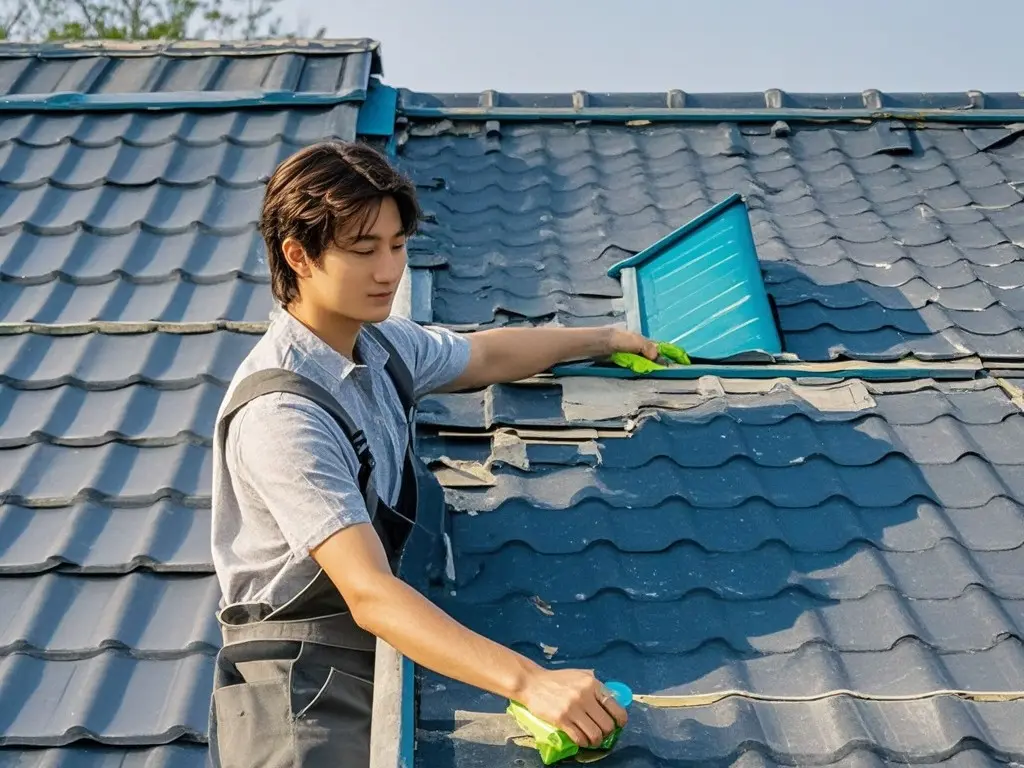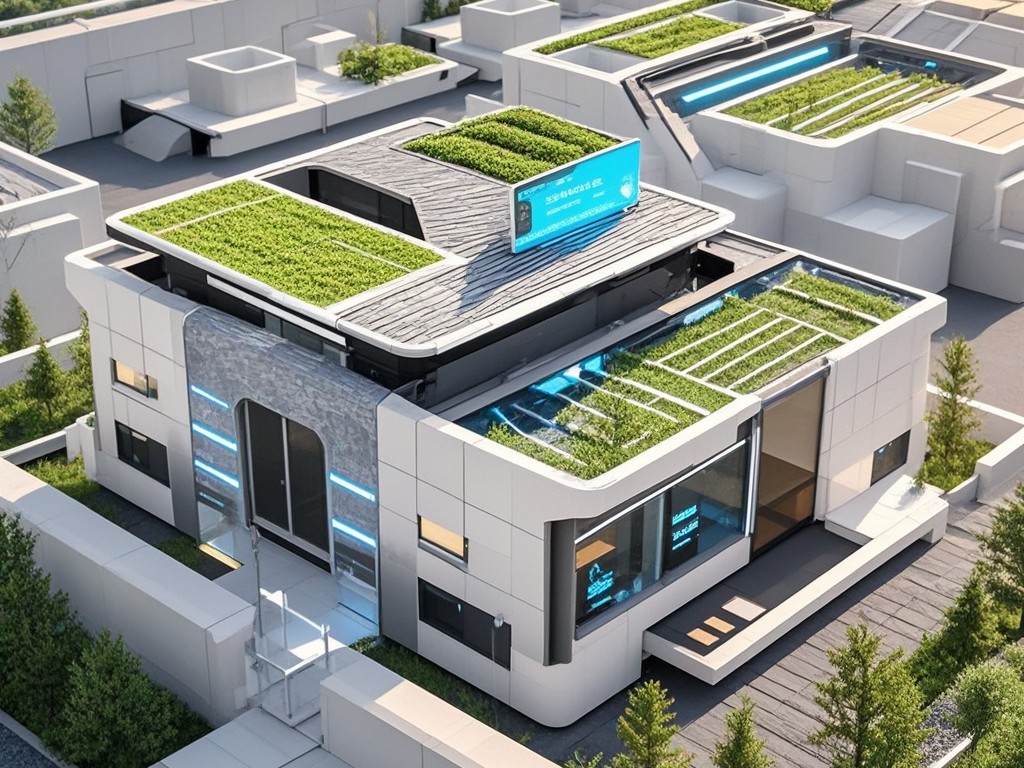The Summary to the roof tile industry in 2024

Market size and development trends
- Scale continues to grow: With the acceleration of urbanization and the continuous advancement of infrastructure construction, the market demand for the roof tile industry continues to grow, and it is expected to maintain a high growth rate in the next few years.
- Product structure optimization: New roof tiles such as solar tiles and Calcium silicon ECO- friendly tiles have gradually attracted market attention and become a new driving force for market growth. Traditional roof tiles are also constantly being upgraded.
- Clear development direction: The roof tile market is moving towards green environmental protection, energy saving and consumption reduction. The country's policy support for building energy conservation and environmental protection will also provide a strong guarantee for the development of the roof tile market.
Market competition pattern
- Diversified competition: The competition pattern of the roof tile market presents a diversified development trend, with many market participants, including large state-owned enterprises, private enterprises and foreign-funded enterprises. These enterprises have their own characteristics and different competition strategies.
- Fierce price competition: Product homogeneity is relatively serious, resulting in price competition as the main means. Enterprises reduce product prices by reducing costs and improving production efficiency to compete for market share.
- Accelerated industry integration: With the intensification of market competition, the trend of industry integration is becoming increasingly obvious. Some small and medium-sized enterprises are gradually eliminated by the market due to restrictions in capital, technology, management, etc. At the same time, large enterprises expand their market share and increase market concentration through mergers and acquisitions, joint ventures, etc.
Product innovation and technological development
- Increased application of new materials: Composite materials such as fiberglass, polyester fiber, and plastic are widely used in the manufacture of new roof tiles, making roof tiles lightweight, high-strength, corrosion-resistant, and anti-aging.
- Diversified functions: In addition to the basic waterproof, heat-insulating, and decorative functions, some new roof tile products also have self-cleaning, sound insulation, and heat insulation functions, which meet consumers' requirements for building comfort and energy-saving effects.
- Improved production process: Enterprises have improved the quality and production efficiency of tiles by adopting automated production lines and increasing molding pressure, while reducing energy consumption and pollutant emissions.
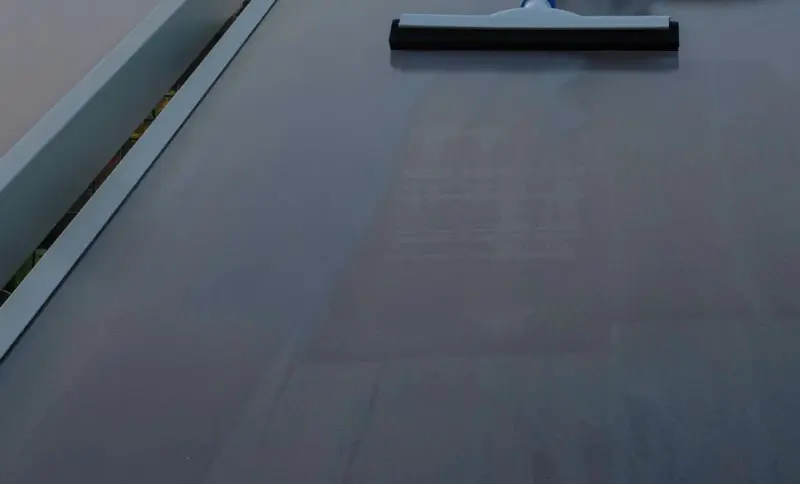
Challenges and Opportunities
- Challenges: Fluctuations in raw material prices affect production costs and market price stability; the strengthening of environmental protection regulations requires companies to invest more funds in the construction of environmental protection facilities; fierce market competition and frequent price wars have squeezed corporate profit margins; consumers are becoming more and more picky about product performance and brand choices.
- Opportunities: New urbanization construction and rural revitalization strategies provide broad market space and business opportunities for the roof tile industry; the in-depth promotion of the Belt and Road Initiative, overseas markets will bring new development opportunities to the tile industry; the popularization of green building concepts has promoted the market demand for environmentally friendly and energy-saving roof tiles



